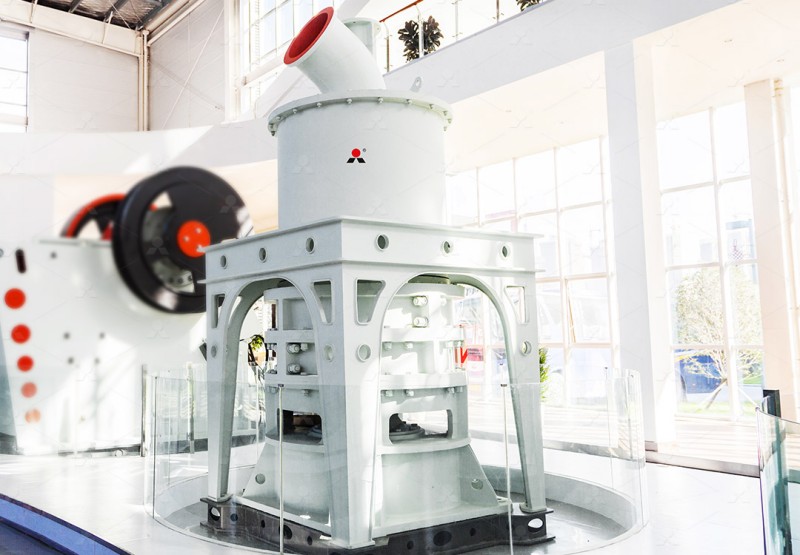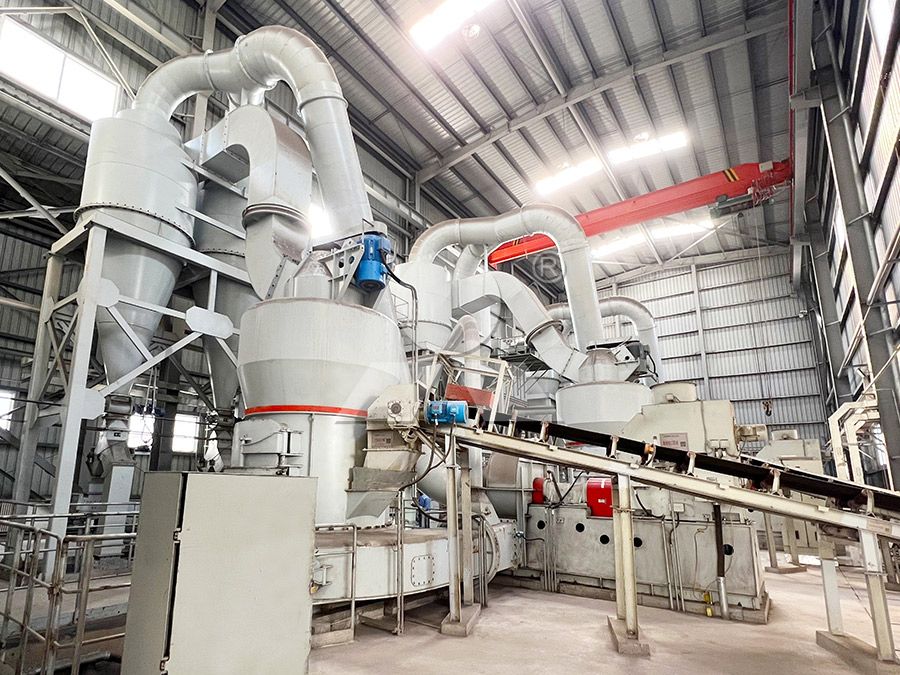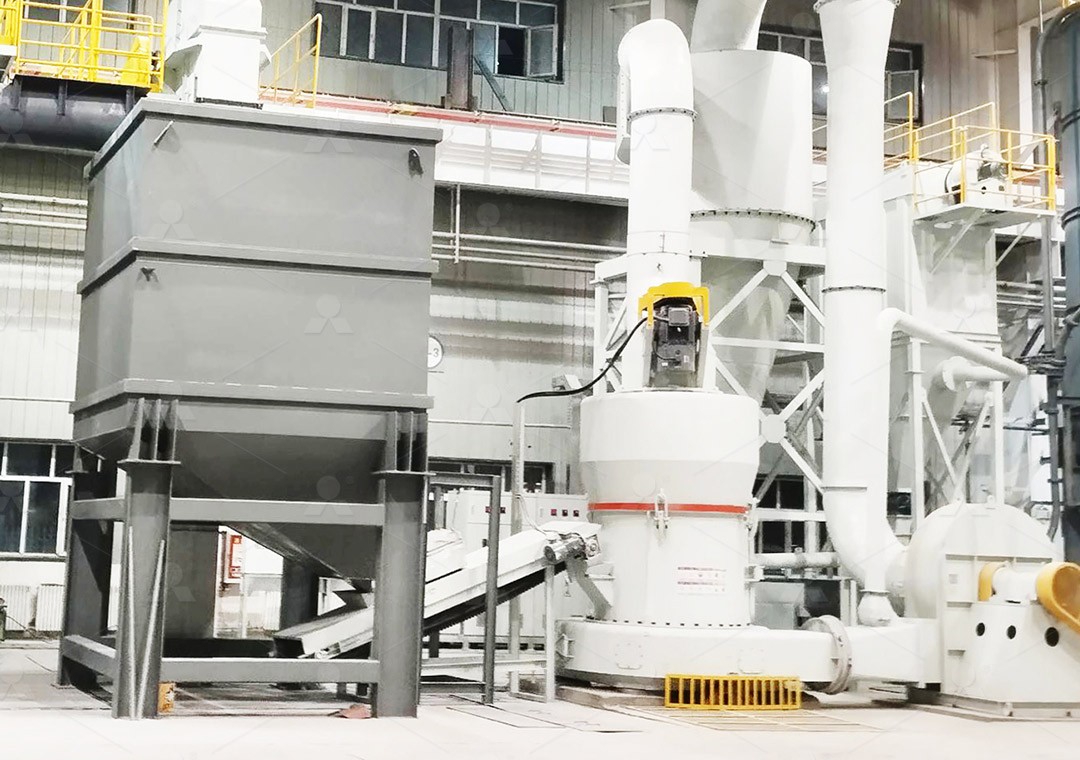Large Capacity Ultra Fine Raymond Mill for Industrial Grinding Applications
Revolutionizing Industrial Grinding: The Evolution of Ultra-Fine Milling Technology
In today’s competitive industrial landscape, achieving precise particle size distribution while maintaining high throughput has become a critical requirement across multiple sectors. The traditional Raymond mill, while reliable, has evolved significantly to meet the demanding specifications of modern manufacturing processes. This article explores the technological advancements in large-capacity ultra-fine grinding equipment that are transforming production capabilities.

The Shift Toward Higher Efficiency Grinding Solutions
Industrial operations increasingly demand equipment that can deliver consistent ultra-fine powders without compromising on energy efficiency or operational costs. The limitations of conventional grinding systems—including excessive energy consumption, limited fineness control, and high maintenance requirements—have driven innovation in mill design and functionality.
Modern grinding solutions must address multiple challenges simultaneously: achieving particle sizes between 325-2500 meshes, maintaining stable operation over extended periods, reducing environmental impact through effective dust collection, and minimizing total cost of ownership. These requirements have led to the development of advanced milling systems with sophisticated separation technologies and optimized grinding mechanics.
Advanced Technology for Demanding Applications
Among the standout solutions in this category is the MW Ultrafine Grinding Mill, engineered specifically for customers requiring ultra-fine powder production. This system represents a significant leap forward in grinding technology, featuring an innovative design that eliminates rolling bearings and screws within the grinding chamber. This architectural decision addresses one of the most common failure points in traditional mills, substantially reducing maintenance concerns and potential machine damage from loose components.
The MW series demonstrates remarkable performance characteristics, handling input sizes up to 20mm with throughput capacities ranging from 0.5 to 25 tons per hour. What truly sets this equipment apart is its energy efficiency—operating at just 30% of the energy consumption of jet grinding mills while delivering 40% higher production capacity compared to conventional systems. For operations processing materials like limestone, calcite, dolomite, petroleum coal, gypsum, barite, marble, talc, and various chemical compounds, this represents a substantial operational advantage.

Precision Engineering for Superior Results
The heart of the MW Ultrafine Grinding Mill’s exceptional performance lies in its German-engineered cage-type powder selector technology. This system allows precise adjustment of product fineness between 325-2500 meshes while achieving remarkable screening efficiency of d97≤5μm in a single pass. The integration of efficient pulse dust collection and noise reduction systems ensures compliance with stringent environmental standards without sacrificing performance.
Another notable solution for specialized applications is the LUM Ultrafine Vertical Grinding Mill, which incorporates the latest Taiwanese grinding roller technology with German powder separating expertise. This system excels in processing superfine dry powders of non-metal ores, featuring unique roller shell and lining plate grinding curves that facilitate material layer generation and high-rate finished product output through single-pass milling.
Operational Advantages in Real-World Scenarios
Beyond technical specifications, the practical benefits of these advanced grinding systems translate directly to bottom-line improvements. The external lubrication system of the MW mill enables continuous 24-hour operation without shutdowns for maintenance. The digitalized processing of core components through numerical control machine tools ensures exceptional precision and reliability, while comprehensive spare parts support guarantees worry-free operation.
For operations requiring vertical grinding solutions, the LUM series offers distinct advantages through its double position-limiting technology, which maintains operational stability even under challenging conditions. The reversible structure design simplifies maintenance procedures, allowing grinding rollers to be easily moved out of the body for inspection and replacement, significantly reducing downtime.

Future-Proofing Your Grinding Operations
As industrial requirements continue to evolve toward finer specifications and stricter environmental compliance, investing in advanced grinding technology becomes increasingly crucial. The latest generation of ultra-fine grinding equipment not only meets current demands but provides the flexibility to adapt to future challenges through adjustable fineness parameters, modular designs, and intelligent control systems.
The integration of PLC control systems and multi-head powder separating technology in modern mills represents a fundamental shift toward smarter, more responsive grinding operations. Operators can now precisely control grinding pressure, revolution speed, and other critical parameters to optimize performance for specific materials and production requirements.
Frequently Asked Questions
What is the typical energy savings compared to traditional grinding systems?
Advanced systems like the MW Ultrafine Grinding Mill typically operate at 30-50% of the energy consumption of conventional jet grinding mills while delivering 40% higher production capacity.
How fine can these mills grind materials?
The MW series can adjust fineness between 325-2500 meshes, with screening efficiency achieving d97≤5μm in a single pass, making it suitable for the most demanding ultra-fine applications.
What maintenance advantages do these systems offer?
The elimination of rolling bearings and screws in the grinding chamber significantly reduces maintenance concerns. External lubrication systems enable continuous 24-hour operation without shutdowns for maintenance.
Can these mills handle multiple material types?
Yes, these systems are designed for versatile applications including limestone, calcite, dolomite, petroleum coal, gypsum, barite, marble, talc, and various chemical compounds used in paint, cosmetics, medicine, and food additives.
What environmental features are incorporated?
Modern grinding mills include efficient pulse dust collectors, mufflers, and noise elimination systems that ensure compliance with national environmental protection standards while maintaining operational efficiency.
